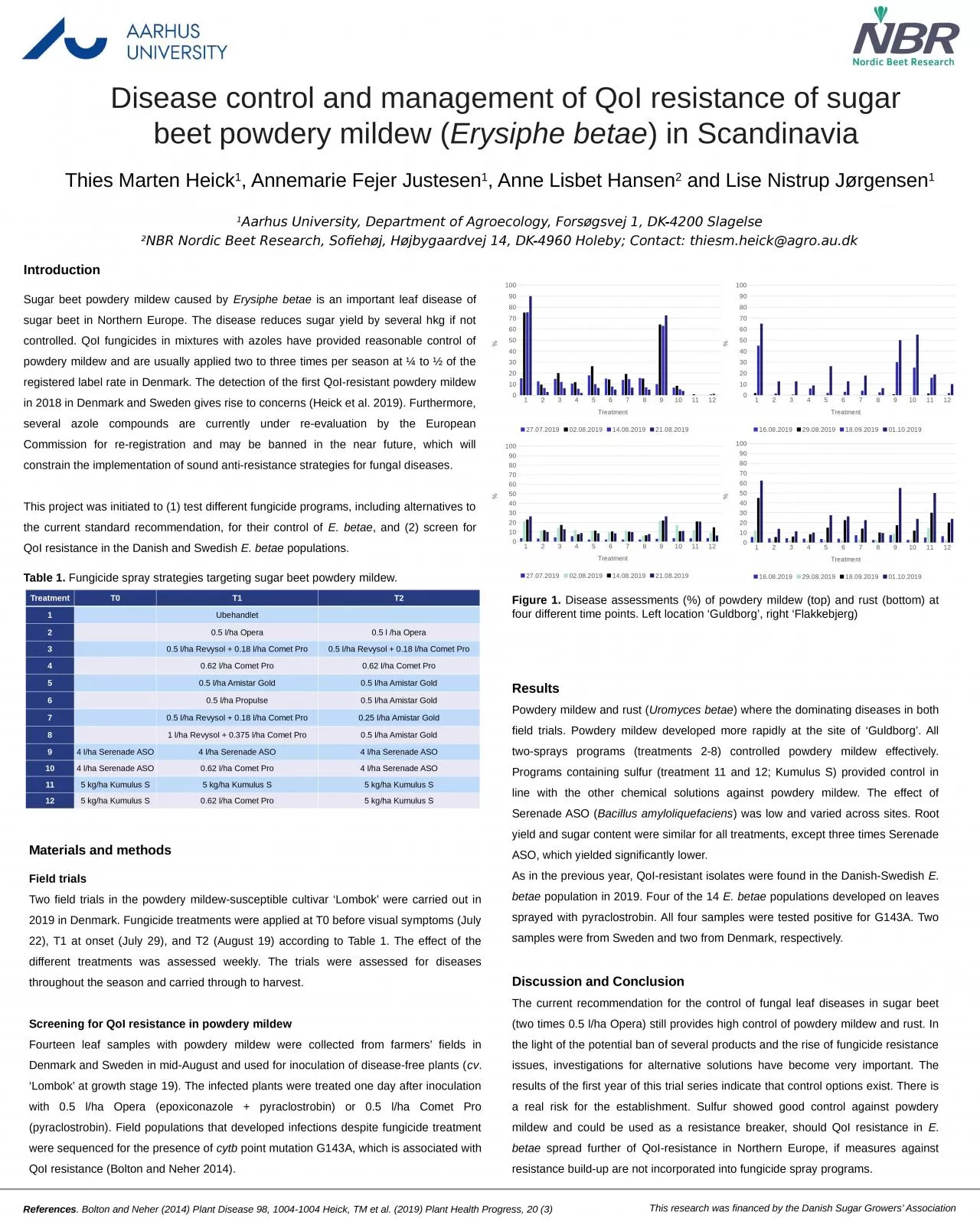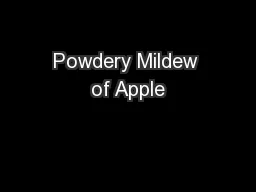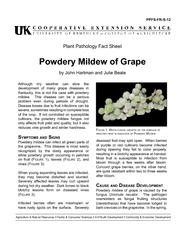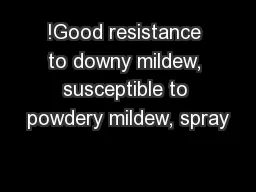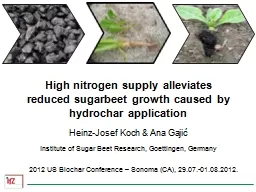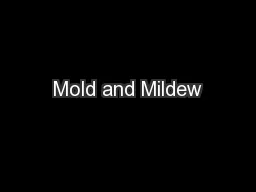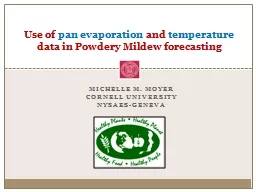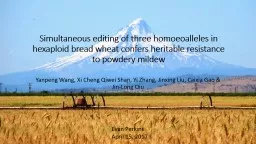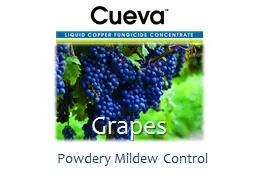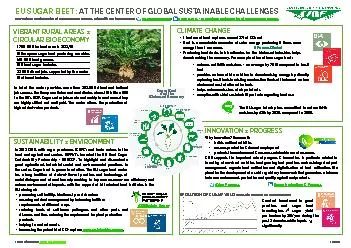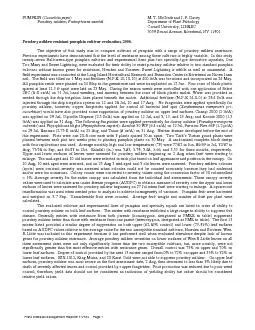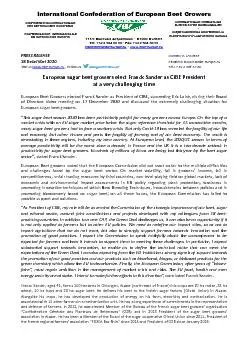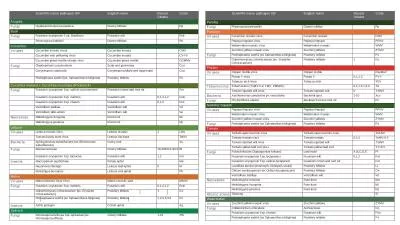PPT-Introduction Sug ar beet powdery mildew caused by
Author : roy | Published Date : 2024-02-09
Erysiphe betae is an important leaf disease of sugar beet in Northern Europe The disease reduces sugar yield by several hkg if not controlled QoI fungicides
Presentation Embed Code
Download Presentation
Download Presentation The PPT/PDF document "Introduction Sug ar beet powdery mildew ..." is the property of its rightful owner. Permission is granted to download and print the materials on this website for personal, non-commercial use only, and to display it on your personal computer provided you do not modify the materials and that you retain all copyright notices contained in the materials. By downloading content from our website, you accept the terms of this agreement.
Introduction Sug ar beet powdery mildew caused by: Transcript
Download Rules Of Document
"Introduction Sug ar beet powdery mildew caused by"The content belongs to its owner. You may download and print it for personal use, without modification, and keep all copyright notices. By downloading, you agree to these terms.
Related Documents

